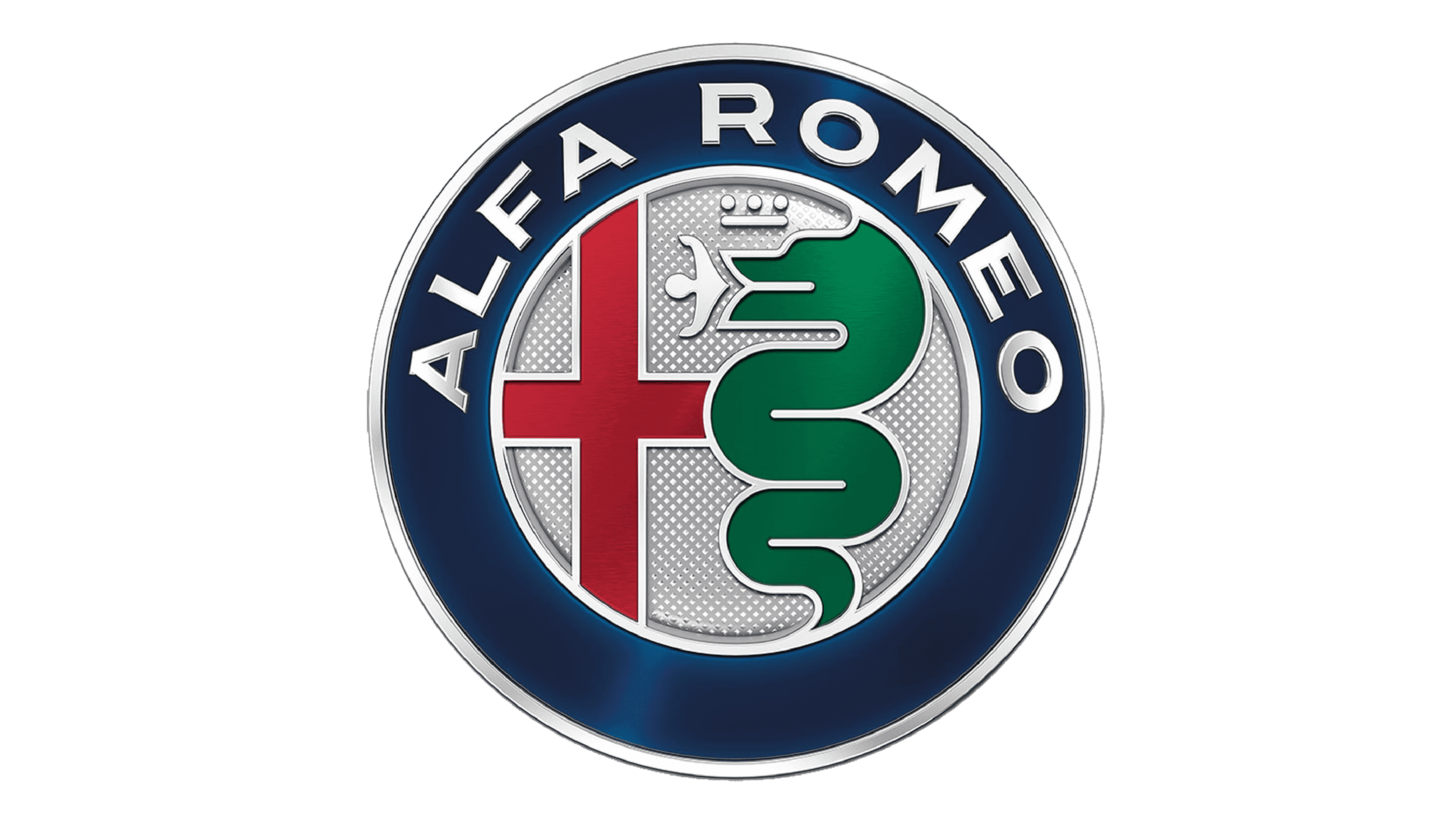1933 Alfa Romeo P3

The descriptions of the Classic Cars in the Directory were partly generated or supplemented with the help of artificial intelligence (AI). The content may occasionally not always be entirely accurate or factually correct despite careful checking.
The Alfa Romeo P3 1933 is a masterpiece of engineering that revolutionized the world of motorsports. Built by the Italian automaker Alfa Romeo, this racing car was the culmination of years of experience and innovation, boasting a range of advanced technical features that set it apart from its competitors.
At the heart of the Alfa Romeo P3 1933 is the iconic supercharged V8 engine. This powerhouse is capable of producing a remarkable 220 horsepower at 5,500 rpm, and it has a top speed of 145 mph. This engine is complemented by Alfa Romeo's famous aluminum block and head, as well as the sophisticated Weber carburetors for optimum fuel delivery.
The bodywork of the Alfa Romeo P3 1933 is equally impressive, with a low-slung nose and signature rear end featuring a prominent fin that provides added stability and downforce. Thanks to its lightweight construction, the car weighs in at just 1,650 pounds, giving it exceptional handling and acceleration.
The car also features a range of advanced suspension components, including independent front suspension with coil springs and a de Dion rear axle with leaf springs. The front brakes are hydraulic, while the rear ones are cable-operated. The car comes with four-speed manual transmission, which is a standard in most racing vehicles of the era.
Another key component of the Alfa Romeo P3 1933 is its aerodynamics, which were honed to perfection in the wind tunnel. The car has a remarkably low drag coefficient of just 0.33, which enabled it to reach incredible speeds with minimal resistance. It also features unique, asymmetrical bodywork that improves airflow and enhances stability at high speeds.
It is important to note that the Alfa Romeo P3 1933 was not just a technical marvel but also a dominant force on the racetrack. It won the Grand Prix World Championship in 1932 and 1935, as well as countless other events, cementing its place in history as one of the most successful and iconic racing cars of all time.
In conclusion, the Alfa Romeo P3 1933 was a technical masterpiece that represented the pinnacle of automotive engineering in its era. Its advanced technical features, impressive power and speed, and formidable performance on the racetrack set a new standard that inspired generations of engineers, designers, and racing enthusiasts.
Milestones
- 1932: Alfa Romeo begins development of the P3 race car - January 1933: Giuseppe Campari wins the South African Grand Prix in a P3 - February 1933: Tazio Nuvolari wins the Monza Grand Prix in a P3 - May 1933: Alfa Romeo introduces an updated version of the P3, featuring a new engine and chassis - June 1933: Luigi Fagioli wins the Belgian Grand Prix in a P3 - August 1933: Nuvolari wins the Coppa Ciano in a P3 - September 1933: Alfa Romeo wins the European Championship for racing cars with the P3 - October 1933: Nuvolari wins the Italian Grand Prix in a P3 - 1934: P3 continues to be successful, winning numerous races including the Monaco Grand Prix and the Tripoli Grand Prix - 1935: Alfa Romeo introduces a new race car, the 8C 35, which eventually replaces the P3 as the company's primary racing vehicle.Technical
- The Alfa Romeo P3 was a single-seater Grand Prix racing car produced by Alfa Romeo from 1932 to 1935. - The P3 featured a longitudinally-mounted 2.9-liter inline-eight engine, which could produce up to 220 horsepower. - The chassis of the P3 was made of lightweight aluminum, with a wheelbase of 2.65 meters and a weight of just 750 kg. - The car had a four-speed manual transmission and a limited-slip differential. - The P3's suspension system featured independent front suspension and a live rear axle with semi-elliptic leaf springs. - The car's brakes were hydraulic, and it had hydraulic shock absorbers on all four wheels. - The P3 achieved numerous Grand Prix victories in the early 1930s, driven by such legendary racers as Tazio Nuvolari and Achille Varzi. - The P3's success on the track helped cement Alfa Romeo's reputation as a dominant force in Grand Prix racing during the interwar period.